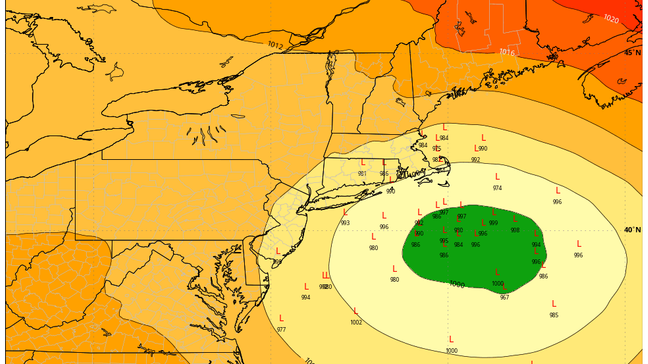As of January 16, 2024, 100% of Kent, Newport, and Providence counties in Rhode Island are experiencing a drought.
Providence, Rhode Island, normally receives 28.4 inches of snow, 12 inches of rain, and snowstorms that can bring more than a foot of snow. However, Providence has not seen any snowfall since last year.
Are we in for a continued snow drought? Two types of snow droughts are specified by the American Meteorological Society’s Glossary of Meteorology: dry snow drought and warm snow drought. Dry snow drought occurs when temperatures are lower than normal. Cold air holds less moisture than warm air, and when temperatures are extremely low, lighter or even no snowfall may result. Meanwhile, warm snow drought is typically the result of elevated temperatures that replace snow with rainfall or cause the snowpack to melt prematurely.
2023 stands as the hottest year on record. Snowfall has been subaverage throughout the Midwest, with some areas of upper Michigan and Minnesota reaching deficits of over 20 inches. In the days of early December 2023, cities like Minneapolis reached almost 50 degrees Fahrenheit, temperatures that are very unusual for that time of year. Similar statistics are being seen in the Pacific Northwest. Cities in the Northeast, like Philadelphia and New York, have experienced nearly 700 days without receiving an inch of snowfall in a single day.
Snow droughts can significantly disrupt an ecosystem’s flora and fauna. Without snow as insulation, roots are exposed to cold air, affecting plants’ health and survivability. Animals that have evolved to survive in snow, such as lynx and jackrabbits, often have more difficulty hunting prey or hiding from predators during periods of snow drought. The absence of snow cover also contributes to changes in temperature dynamics. Snow reflects sunlight and helps to regulate local temperatures. When snow is scarce, dark surfaces like soil and vegetation absorb more sunlight, leading to increased warming.
Snow droughts also have delayed consequences. Snowpack serves as a natural water reservoir and plays a critical role in regulating the precipitation cycle. When a snow drought occurs, the reduced snowpack leads to reduced snowmelt, impacting the following spring and summer months. Following a snow drought, lower soil moisture can stunt plant and crop growth and increase the likelihood and magnitude of wildfires. The diminished snowmelt weakens stream flows and therefore decreases water quality. Additionally, low flow disrupts aquatic animals’ natural migration and reproduction patterns and reduces the supply of drinking and irrigation water. Snow droughts are expected to become increasingly common as global temperatures continue to rise and the repercussions are unmistakably destructive to human activity and wildlife alike. [GWL]


